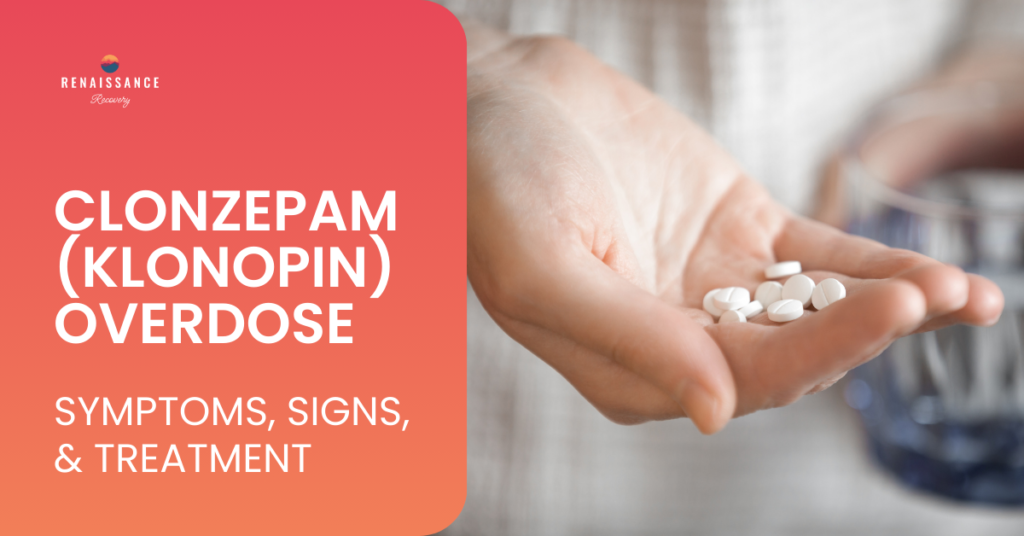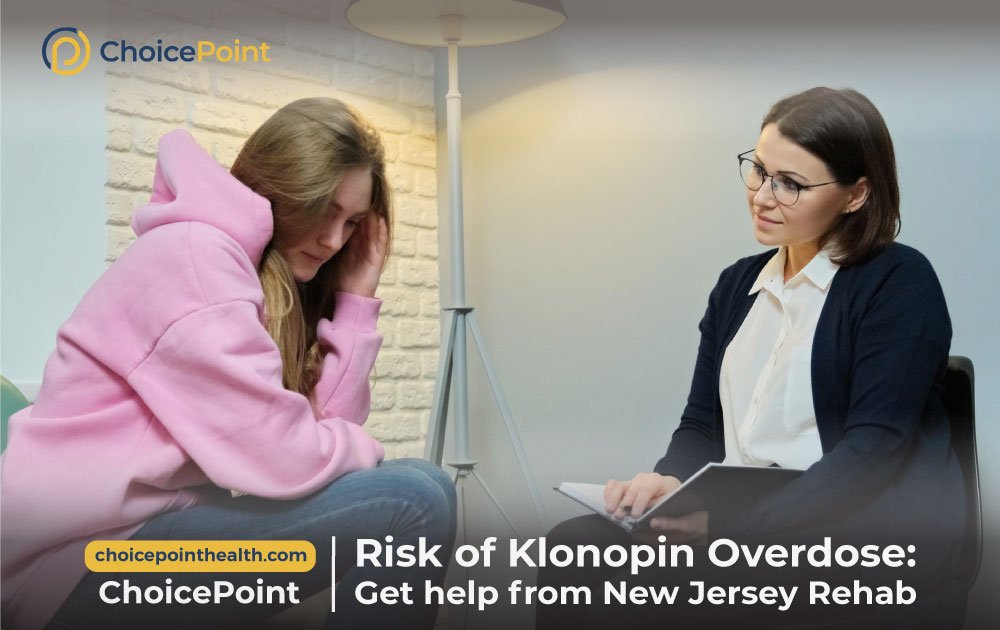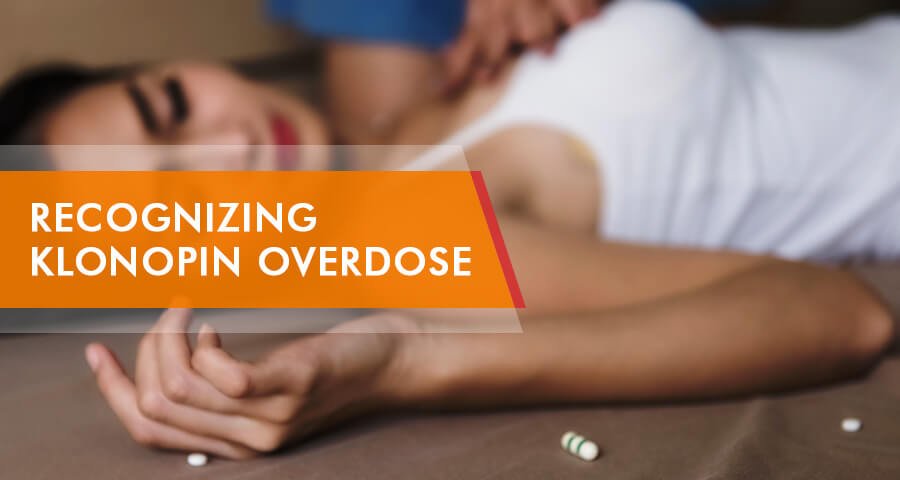Klonopin (clonazepam) is a prescription medication commonly used to treat anxiety disorders, panic attacks, and seizures. As a benzodiazepine, it works by calming the brain and nervous system. While Klonopin is highly effective when used as prescribed, misuse or accidental overuse can lead to serious consequences, including overdose. In this article, we will provide a comprehensive overview of Klonopin overdose, covering symptoms, risks, treatment options, and prevention strategies.
What Is Klonopin?
Klonopin is part of a class of drugs called benzodiazepines, known for their sedative and muscle-relaxing properties. It works by enhancing the effects of gamma-aminobutyric acid (GABA), a neurotransmitter that helps reduce excessive nerve activity in the brain.
Common Uses of Klonopin
- Managing panic disorders
- Treating certain types of seizures
- Off-label use for anxiety, insomnia, and muscle spasms
While Klonopin is highly effective for these conditions, it is also a controlled substance with a risk of misuse, dependency, and overdose.

What Is a Klonopin Overdose?
A Klonopin overdose occurs when an individual consumes more of the drug than their body can safely process. This may happen accidentally, due to misuse, or in combination with other substances such as alcohol or opioids.
An overdose can depress the central nervous system (CNS) to a dangerous degree, potentially leading to respiratory failure, coma, or death.
Signs and Symptoms of Klonopin Overdose
Recognizing the symptoms of a Klonopin overdose is crucial for prompt intervention. Symptoms can range from mild to severe, depending on the amount taken and whether other substances were involved.
Common Symptoms
- Extreme drowsiness or lethargy
- Confusion or disorientation
- Dizziness
- Slurred speech
- Weakness or impaired coordination
Severe Symptoms
- Unresponsiveness or coma
- Difficulty breathing or respiratory depression
- Bluish skin or lips (cyanosis)
- Low blood pressure (hypotension)
- Slow heart rate (bradycardia)
If you suspect someone is experiencing a Klonopin overdose, seek emergency medical attention immediately.
Risk Factors for Klonopin Overdose
Several factors increase the likelihood of a Klonopin overdose, including:
1. Taking High Doses
Exceeding the prescribed dosage increases the risk of toxic effects on the body.
2. Combining Klonopin with Other Substances
Mixing Klonopin with alcohol, opioids, or other CNS depressants significantly raises the risk of respiratory depression and overdose.
3. Tolerance and Dependency
Prolonged use of Klonopin can lead to tolerance, where higher doses are needed to achieve the same effect, increasing the risk of overdose.
4. Accidental Ingestion
Children or individuals unfamiliar with the medication may accidentally consume too much, leading to overdose.
5. Underlying Health Conditions
Conditions like liver disease or respiratory issues can impair the body’s ability to metabolize Klonopin, raising overdose risks.

How Much Klonopin Does It Take to Overdose?
The dosage that leads to an overdose varies widely depending on factors such as body weight, tolerance, and whether other substances are involved.
- Therapeutic Dose: Typically, a prescribed dose ranges from 0.5 mg to 2 mg per day.
- Overdose Threshold: For individuals with no tolerance, doses exceeding 4 mg may lead to toxicity.
- Poly-Substance Use: Even lower doses can result in overdose when combined with alcohol or other drugs.
What to Do in Case of a Klonopin Overdose
Prompt action is critical in the event of an overdose.
1. Call Emergency Services
Dial 911 or your local emergency number immediately. Provide as much information as possible about the dosage taken and any other substances involved.
2. Monitor the Person’s Condition
While waiting for medical help, monitor their breathing, pulse, and level of consciousness.
3. Avoid Inducing Vomiting
Do not attempt to make the person vomit unless directed by a medical professional.
4. Provide CPR if Necessary
If the individual stops breathing, perform CPR if you are trained to do so.
Treatment for Klonopin Overdose
Medical professionals use several methods to treat a Klonopin overdose, depending on its severity.
1. Supportive Care
This involves monitoring vital signs, such as heart rate, blood pressure, and oxygen levels, and addressing any immediate life-threatening issues.
2. Flumazenil
Flumazenil is a benzodiazepine antagonist that can reverse the sedative effects of Klonopin in emergency situations. However, it is used cautiously due to the risk of seizures.
3. Oxygen Therapy
If respiratory depression occurs, supplemental oxygen or mechanical ventilation may be required.
4. Activated Charcoal
In cases of recent ingestion, activated charcoal may be administered to reduce the absorption of Klonopin in the stomach.

Complications of Klonopin Overdose
A Klonopin overdose can lead to serious complications, even with timely treatment. Potential complications include:
- Long-term cognitive impairment
- Organ damage, particularly to the liver and kidneys
- Coma
- Death in severe cases
How to Prevent Klonopin Overdose
Preventing a Klonopin overdose involves using the medication responsibly and being aware of the risks.
1. Follow Prescription Guidelines
Always take Klonopin exactly as prescribed by your doctor. Never increase the dosage without consulting your healthcare provider.
2. Avoid Mixing Substances
Do not combine Klonopin with alcohol, opioids, or other CNS depressants.
3. Store Medication Safely
Keep Klonopin out of reach of children and others who might misuse it.
4. Educate Yourself
Understand the risks of misuse and learn how to recognize the symptoms of an overdose.
5. Seek Help for Substance Abuse
If you or someone you know struggles with benzodiazepine dependency, seek professional help.
The Role of Dependency in Overdose Risk
Long-term use of Klonopin can lead to physical dependency and withdrawal symptoms, including:
- Increased anxiety
- Tremors
- Seizures
Dependency raises the risk of overdose as individuals may take larger doses to achieve the same effects.
Seeking Help for Klonopin Misuse
If you’re struggling with Klonopin misuse or dependency, help is available.
1. Medical Detox Programs
Detoxification under medical supervision ensures safe withdrawal and minimizes complications.
2. Therapy and Counseling
Cognitive-behavioral therapy (CBT) and other forms of counseling can address the root causes of substance use.
3. Support Groups
Organizations like Narcotics Anonymous (NA) provide community support and accountability.
4. Medication-Assisted Treatment (MAT)
In some cases, medications may be prescribed to ease withdrawal symptoms and reduce cravings.

Conclusion
A Klonopin overdose is a serious medical emergency that requires immediate attention. Understanding the symptoms, risks, and treatment options can save lives. By using Klonopin responsibly, avoiding dangerous combinations, and seeking help for dependency, you can minimize the risks associated with this powerful medication.
If you or someone you know is struggling with Klonopin misuse, reach out to a healthcare professional or support group for guidance. With the right help, recovery is possible, and the risks of overdose can be avoided.
1. Can you overdose on Klonopin alone?
Yes, taking a high dose of Klonopin alone can result in an overdose, though the risk increases significantly when combined with alcohol or other drugs.
2. How long does Klonopin stay in your system?
Klonopin has a long half-life of 18 to 50 hours, meaning it can stay in your system for several days.
3. What should I do if I accidentally take too much Klonopin?
Contact your doctor or seek medical attention immediately, even if you don’t feel severe symptoms.
4. Is it safe to stop Klonopin suddenly?
No, abruptly stopping Klonopin can lead to severe withdrawal symptoms. Always taper off the medication under medical supervision.
